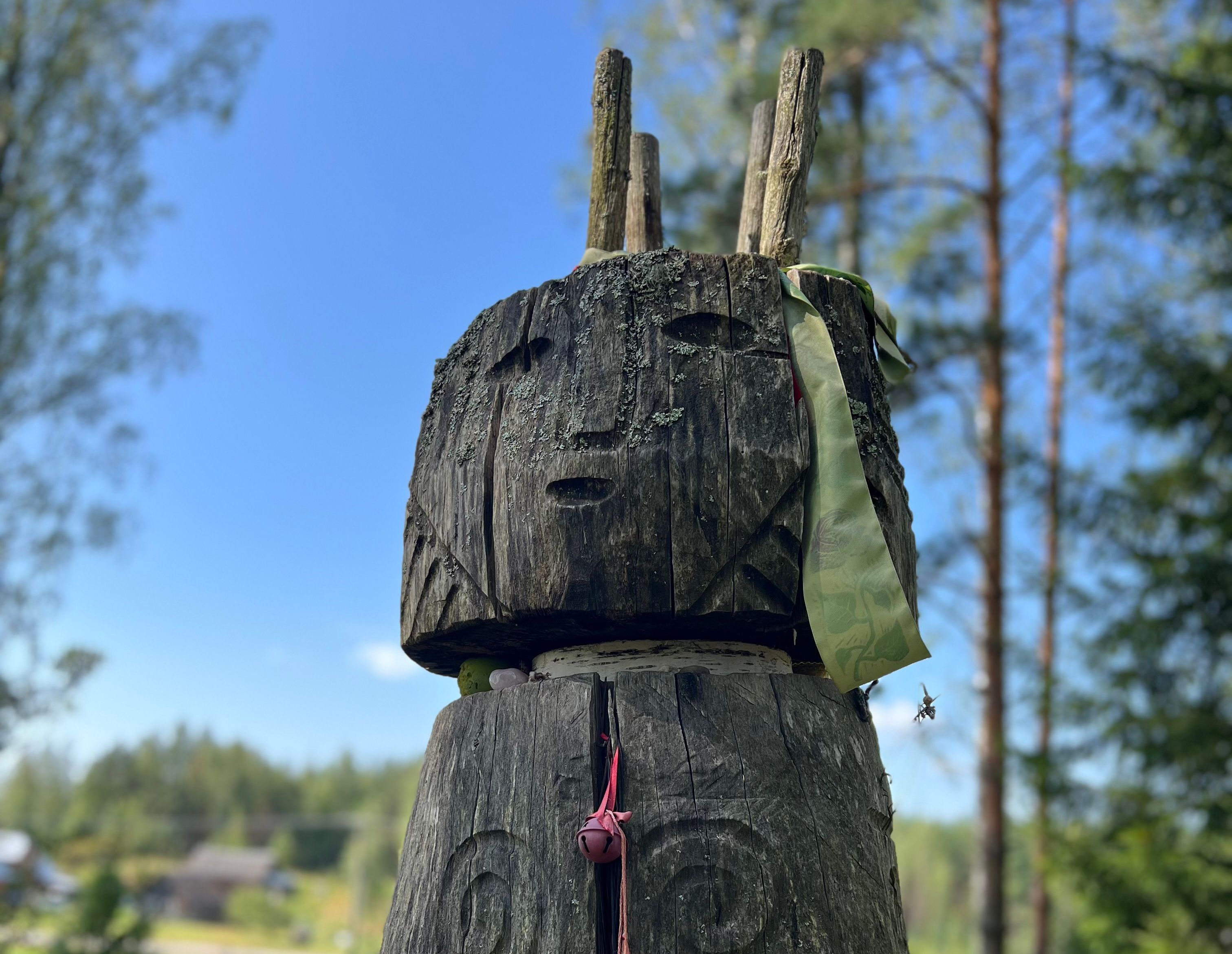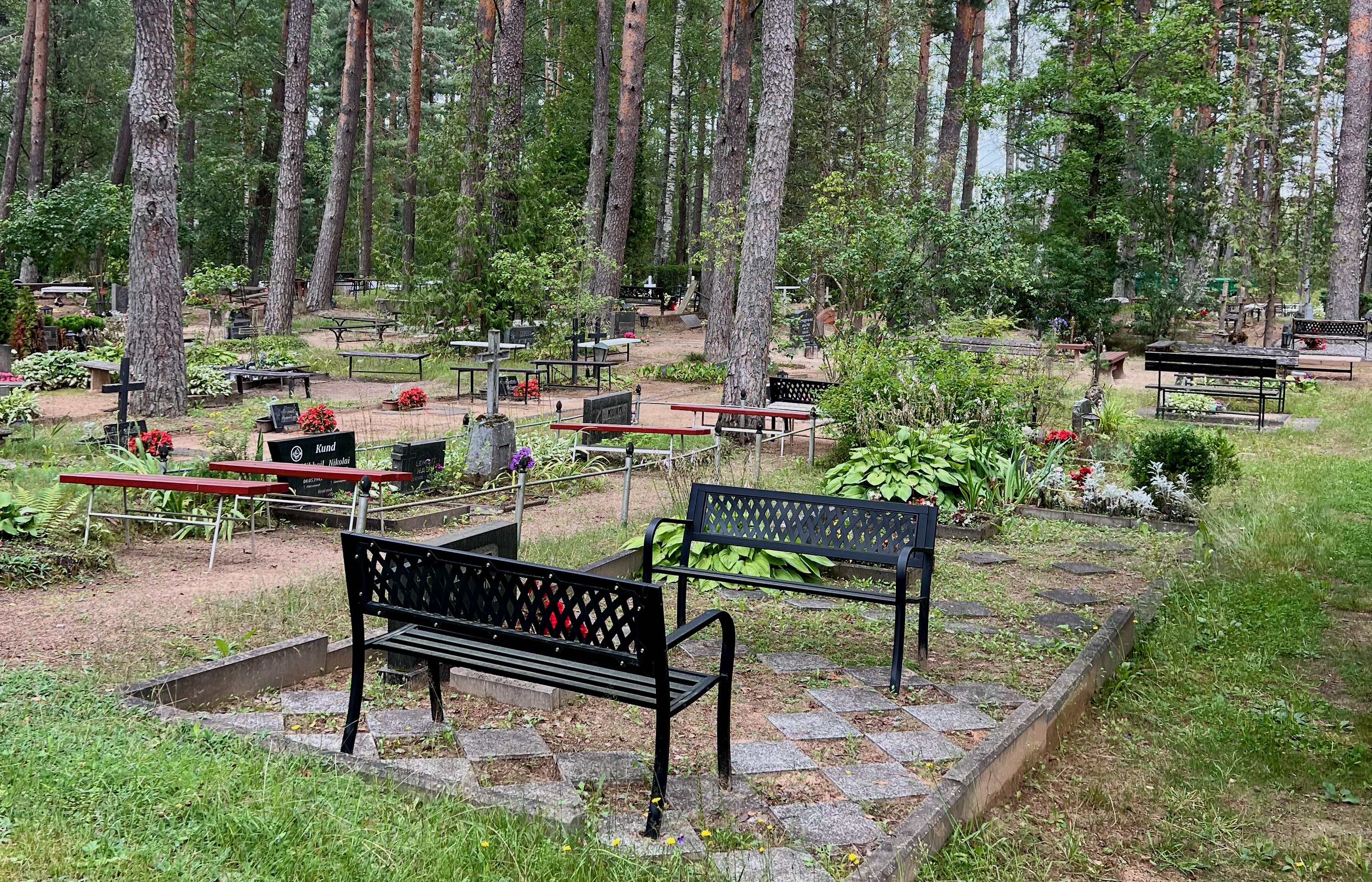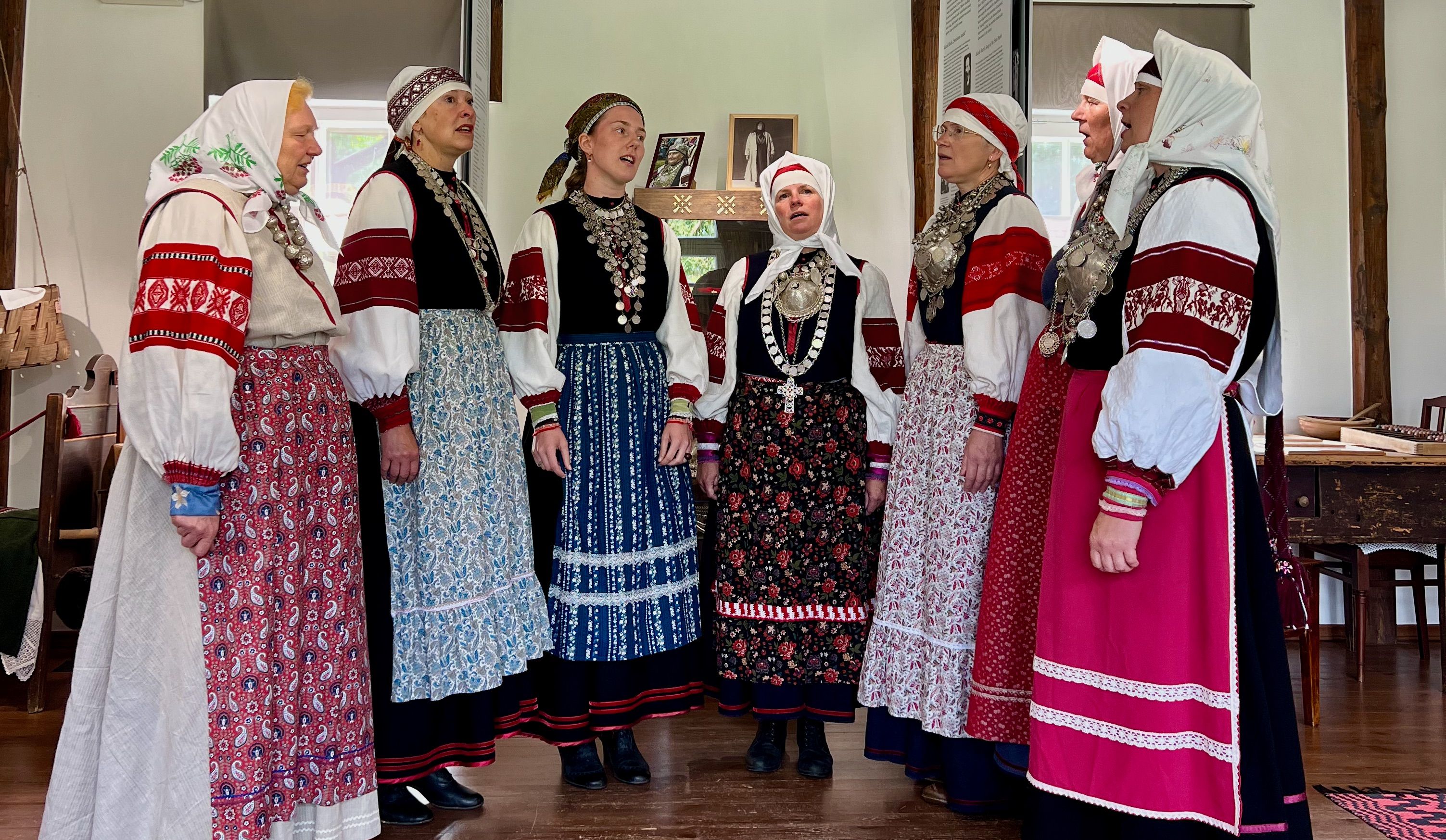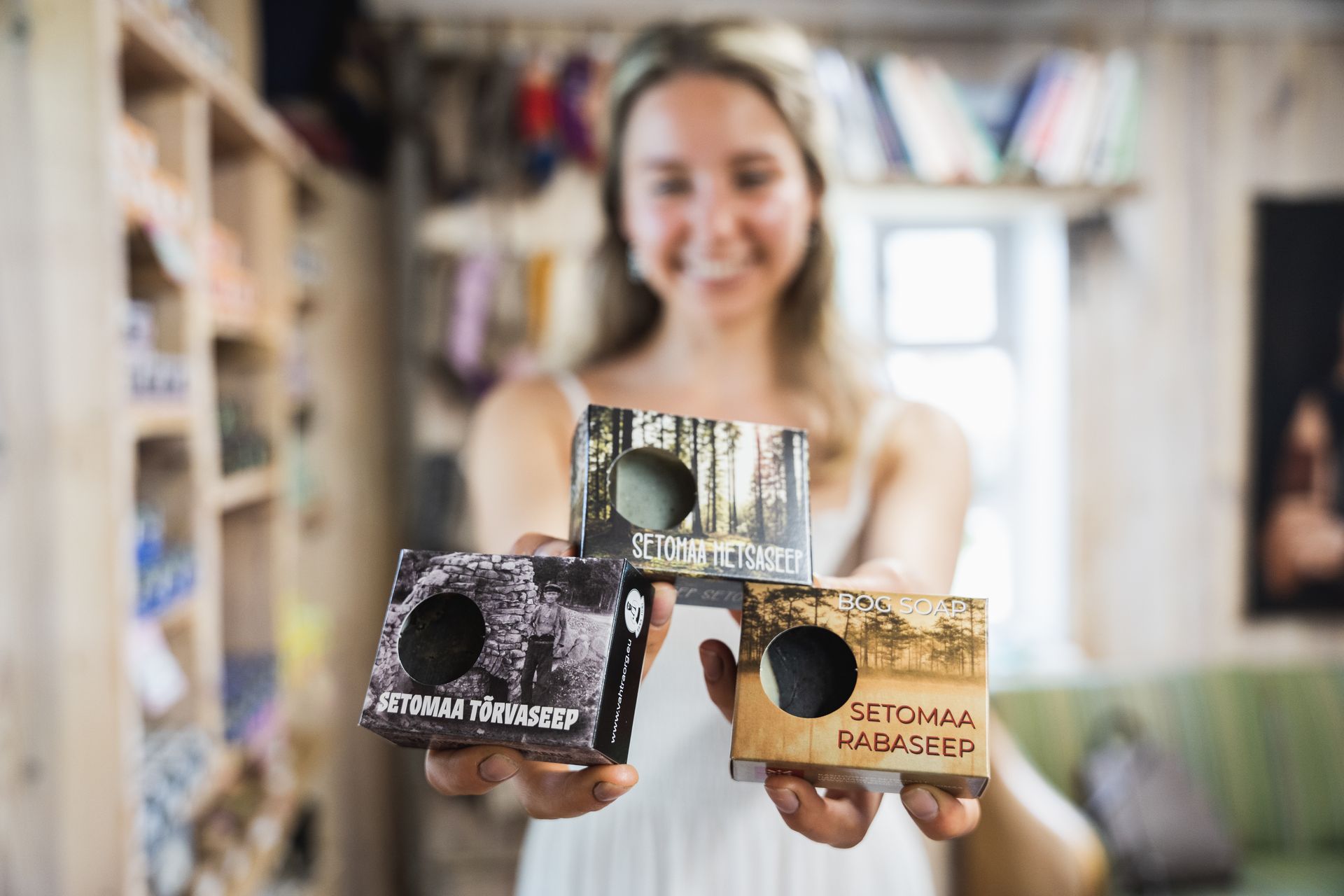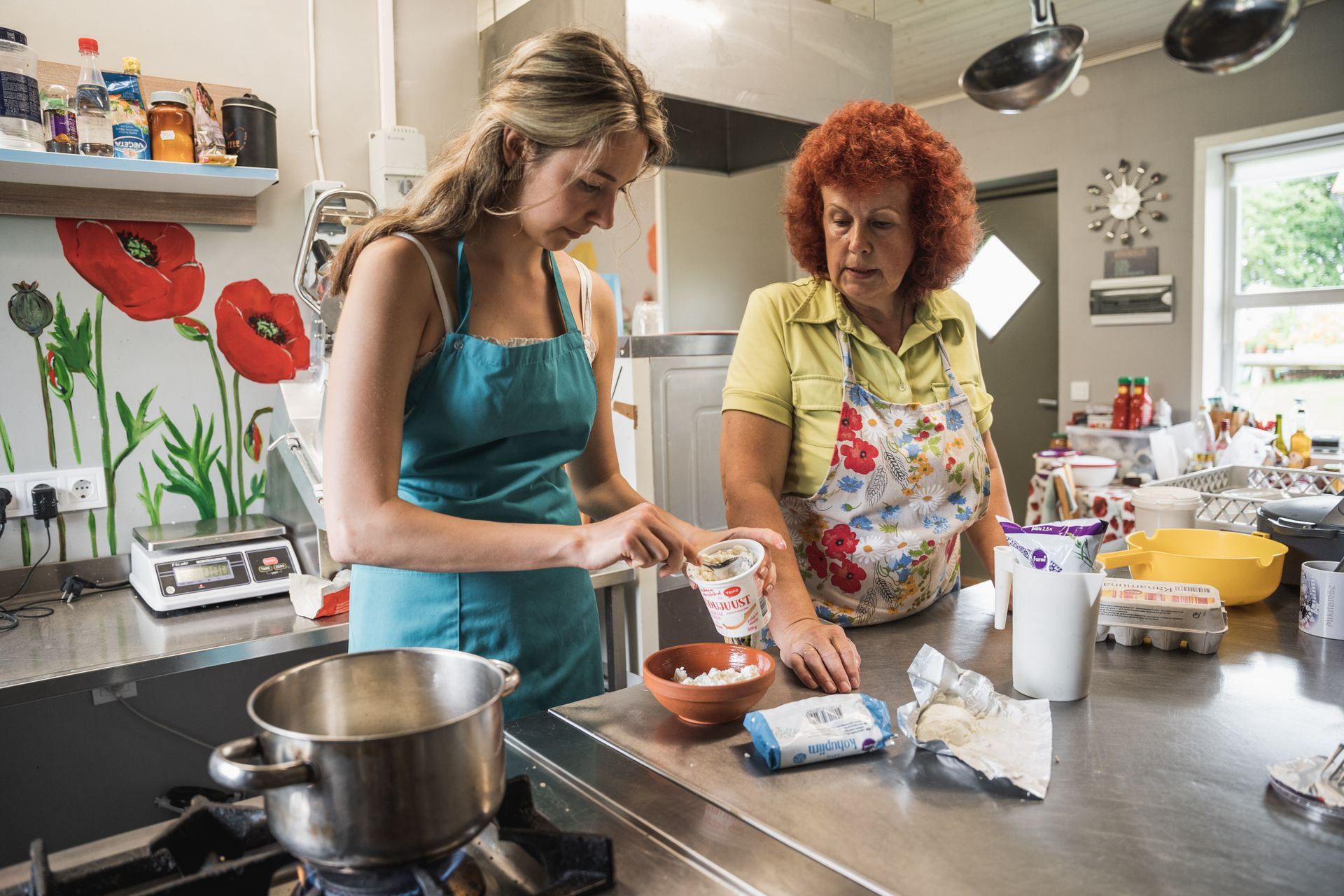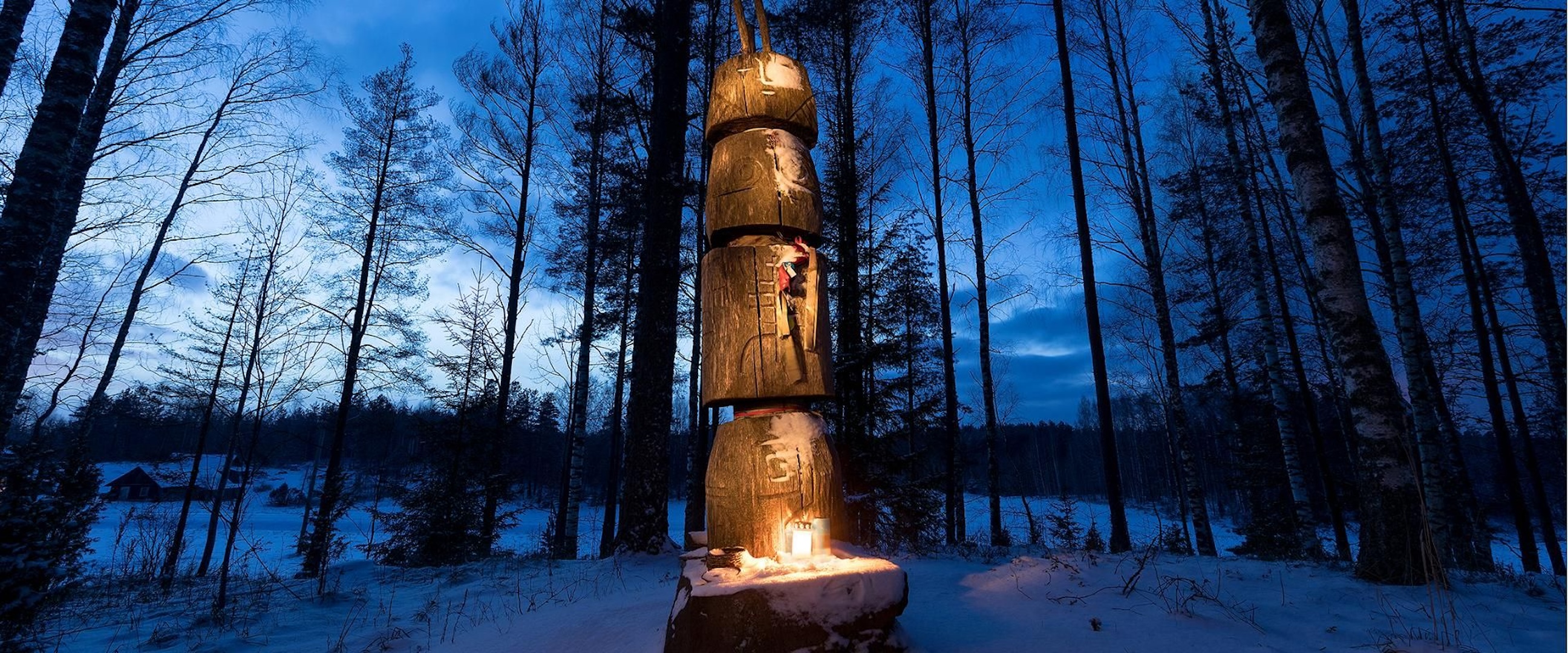
Five reasons to spend a long weekend in Setomaa
A getaway to Setomaa, a remote region in southeastern Estonia, gives you the chance to experience life along the border between East and West.
It is early August, and we are driving from Võru to Obinitsa. White storks stalk through golden fields. Magpies perch on fenceposts.
Streams cut through gentle hills, and sunlight filters through airy pine forests. Every so often, we pass wooden barns, gray with age, nestled among leafy green trees, with gardens bordered by purple and white hydrangeas.
On the surface, there is little to differentiate the landscape of Setomaa from the rest of rural South Estonia. However, it's not the landscape that makes Setomaa unique; it's the culture that has called this area home for centuries.
Here are five reasons why you should make the trip from Tallinn to explore this fascinating region.
Reason #1
To experience a region of Estonia with a history that's entirely different from the rest of the country
Setomaa is a region defined by shifting borders and feuding neighbors. To begin to understand this part of Estonia and the people that live here, you first need to understand its history, so that's where we started — at Obinitsa Museum. Our guide Helen greeted us at the map in the center of Obinitsa.
She walked us through a brief history of Setomaa and how it differs from the rest of Estonia:
- Setomaa was Russian territory for 900 years, though Seto language and culture are Finno-Ugric, not Slavic. There were no manor homes nor Baltic German landowners, and the Swedish rulers never conquered this corner of Estonia.
- During the first Republic, Setomaa became part of Estonia. In 1945, the region was divided between Soviet Russia and Soviet Estonia. After the occupation, this division became a border between two sovereign nations, and most Setos chose to reside in Estonia.
- It is estimated that approximately 100 Setos still reside in Russia, while around 1,500 ethnic Setos live in Setomaa proper, though there are about 10,000 throughout Estonia.
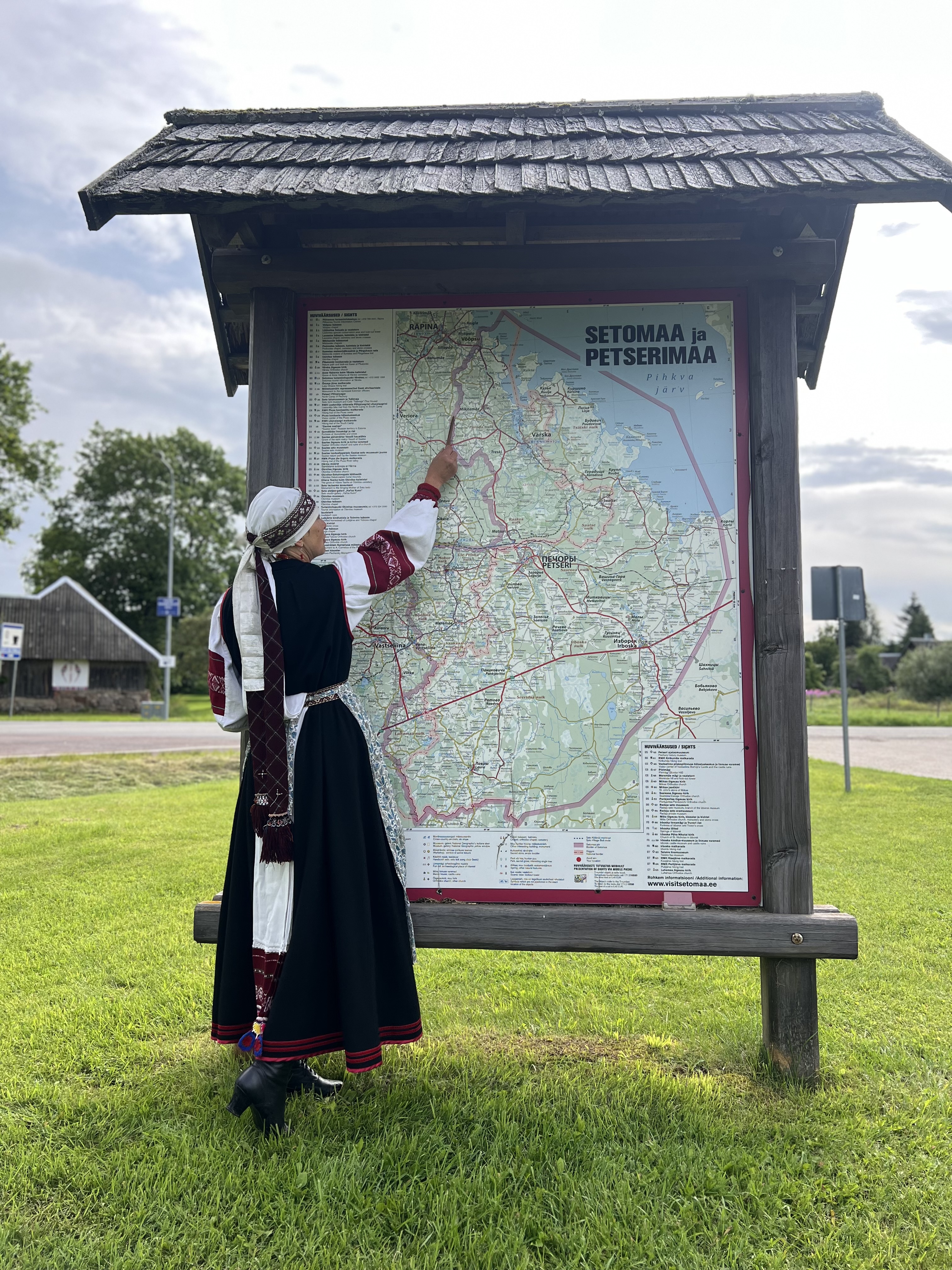
Photo author: Hillary Millán
Experience the best of Setomaa on a long weekend in South Estonia
Music, food, handicrafts... and maybe a tiny shot of handsa!
Reason #2
To observe Seto Orthodox practices and spiritual traditions
There were no Crusades here; when Christianity arrived, it was Orthodox Christianity brought by the Russians, although adoption was gradual. In fact, the area was so far from Moscow that the main authority was the monastery in Pechory, about 10 kilometers from Obinitsa, as the crow flies.
Traces of pre-Christian practices remain part of the Seto Orthodox Church and local spiritual practices. For example, offerings of silver or food are bought to long springs, which are thought to have healing water. Setos also visit the graves of their ancestors and sit and have meals there on special holidays.
The largest, and oldest, Seto graveyards are located across the border in Pechory. The border used to be relatively porous, and Setos would cross over to visit town and pay a visit to the graveyard. However, during COVID, the border closed, and now, due to the war in Ukraine, all border crossings have closed except for two; many families have not been able to visit the graves of their family members for five years or more.

Photo author: Hillary Millán
A statue of Peko, the Seto god of fertility, sits atop God's Hill, near Old Jüri's Soap Shop.
In the past, a statue of Peko would be passed from farm to farm, where it would be hidden in the barn to ensure a good harvest.
Reason #3
To listen to the music, both ancient and modern
Life in a remote region can be both a blessing and a curse. On one hand, most Setos were illiterate until the 1920s. On the other hand, this isolation meant their traditions and beliefs remained strong, as there was little interference from outside cultures.
Leelo: a traditional polyphonic style of singing
We were welcomed with one such living tradition as we entered Obinitsa Museum — leelo. This polyphonic style of singing has been included on UNESCO's List of Intangible Cultural Heritage. To the unaccustomed ear, it sounds, well... different. But for the singers, the repetition turns music into meditation, just as it once helped pass the time while completing tedious farmwork. The best leelo singers, though, are also champions of both improvisation and memorization, as they can recall hundreds of songs or compose one on the spot.
Treski Fest: a world-class music and culture festival
This modern music festival is held at purpose-built fairgrounds near the village of Treski in Setomaa. There are three stages, extensive campgrounds for tents and caravans, food trucks, and of course, some of Estonia's best musicians. Families are welcome, as there is a special play area for children, and the organizers honor Seto heritage by inviting leelo singers to the stage and holding educational workshops during the day.
Seto Odüsseia: a Seto-language rock musical based on the story of Homer's Odyssey
Seto Odüsseia premiered in 2025 and proved so popular that it will have another run in the summer of 2026. Most Estonians have difficulty understanding the Seto dialect, so you won't be alone if you don't understand exactly what the actors are saying. Don't let that stop you from attending! The stunning setting on the grounds of Anzelika Farm, combined with atmospheric music composed by Matis Leima and delicious food provided by local eateries, makes for an excellent evening of summertime entertainment.

Photo author: Hillary Millán
Reason #4
To see Seto handicrafts up close
While the leelo singers performed at the museum, I admired the women's silver jewelry. Several women wore large, conical brooches in the center of their chests, while all of them had layers of silver chains and necklaces adorning their necks.
I wondered how heavy they were, though I didn't have to wonder for long. I got to feel them for myself after I volunteered to be a living mannequin during the "Dress like a Seto" workshop. The museum guide explained each item of clothing as she put it on me, and I got an up-close look at the master craftsmanship that went into each piece of finely woven fabric.
Seto Gallery
We joined local writer Kauksi Ülle and actor and singer Evar Riitsaar at their gallery in Obinitsa. These multi-talented artists were involved in the creation of "Seto Odüsseia" — Ülle wrote the script while Evar played the role of Homer. At the gallery, we were treated to Seto music and poetry, and then had the opportunity to try out block printing on a tote bag. There is also a separate building housing work by local craftspeople.
The gift shop at Värska Farm Museum also boasts an extensive selection of local crafts. There you can purchase wool socks and gloves, woven belts, colorful ceramics, and homemade preserves. Shopping for local handicrafts — with as few intermediaries as possible — is a great way to support local economies and practice sustainable tourism.
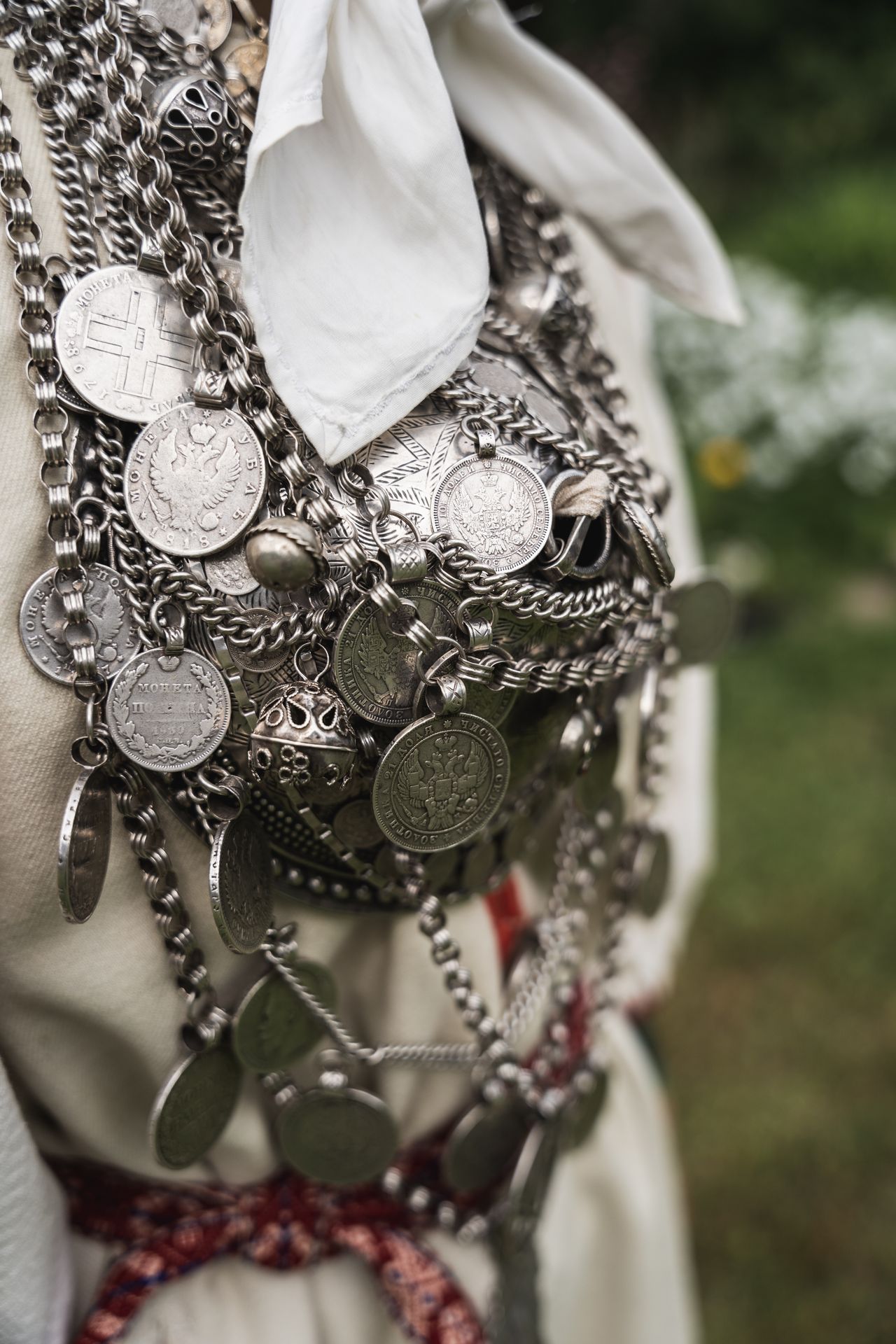
Photo author: Priidu Saart
Reason #5
To eat your fill of local foods.
In this corner of Estonia, you're far from fast food chains; the nearest is a Hesburger in Võru. You'll be forced to eat like a local, but luckily, the locals eat well.
Traditionally, Setos ate only what they could farm or forage. At Taarka Tarõ Köögikõnõ in Obinitsa, we got to taste the best food of the late summer season: creamy chanterelle sauce for the vegetarians or smoked ham sauce for the meat lovers, accompanied by a cold soup/salad made from fresh vegetables with homemade pickles and black bread on the side. Of course, no meal in Setomaa is complete without a little shot of handsa to help the digestion!
Our trip coincided with Kostipäev, Setomaa's home café days. The Visit Setomaa website had a handy map of all the home cafés in the region, and as we explored, we stopped to try as many different foods as our stomachs could handle. My favorite dishes of the day were the homemade sõir at Inara Vanavalgõ Kohvitarõ and fried fish from Lake Peipsi served out of a garage in Värska. The chanterelle soup at Maagõkõnõ was also excellent; their glorious flower garden provided a cheery backdrop to their Seto comfort food.

Photo author: Hillary Millán
Take a sõir workshop with a local cook
Sirje Kruusamäe runs the home café Maagõkõnõ, which means "poppy" in Seto.
What to see & do in Setomaa
An added bonus...
...the swimming!
As I didn't have the time (unfortunately!) for hiking during this trip, I got my nature fix by dunking in South Estonia's famous lakes. As they were both located right next to the accommodation, it was easy to go for a morning dip and then again in the evening before bed. Even in summer, the water is chilly enough to be a refreshing replacement for coffee... almost.
Lake Kubija
We stayed at Kubija Nature-Spa Hotel on the outskirts of Võru, and nature is truly the best aspect of this place. Lake Kubija is just across the street. It has a diving platform, changing stalls, and a small sandy beach. It looked like glass in the morning mist, but I wasn't the only one taking advantage of the peaceful setting; two women were practicing yoga on the pier, and a couple of serious-looking swimmers were doing laps across the lake.
Lake Obinitsa
We also stayed in the heart of Setomaa at Ilmaveere, a luxurious boutique hotel across the street from Lake Obinitsa. They have cleared a path through the small forested area next to the lake, where you can access a wooden pier with a ladder. If you enjoy the water but prefer paddling over swimming, they also offer canoe rentals.
Lake Õrsava
I took a peek at this lake while visiting the friendly curator at Reek's House in Värska. There's actually a 5-kilometer-long hiking trail that goes around the whole lake. The water looked so inviting, but I didn't have the chance to go in. But my mother-in-law says that whenever you travel, you should always leave at least one or two things undone. That way, you have a reason to return.
To be honest, there are many reasons to return to Setomaa, though a swim in Lake Õrsava is at the top of my list!

Photo author: Hillary Millán, Lake Kubija
Get inspired
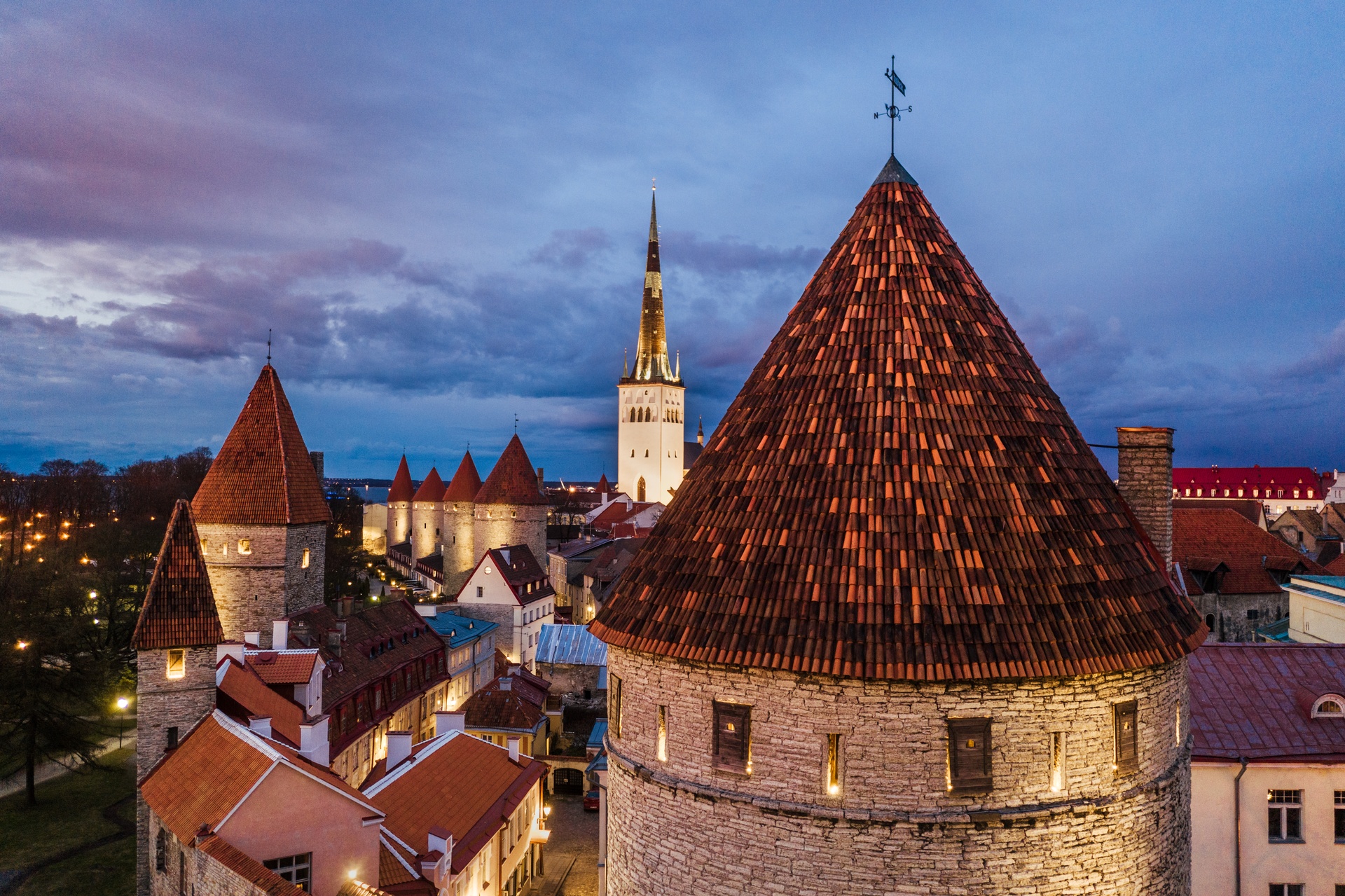
Last updated
16.10.2025
